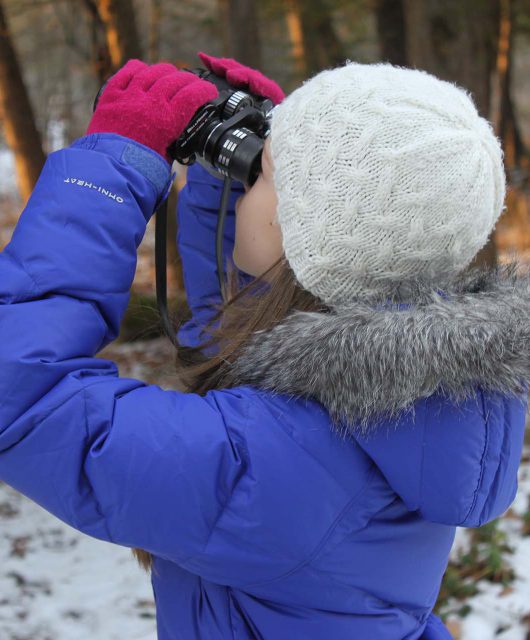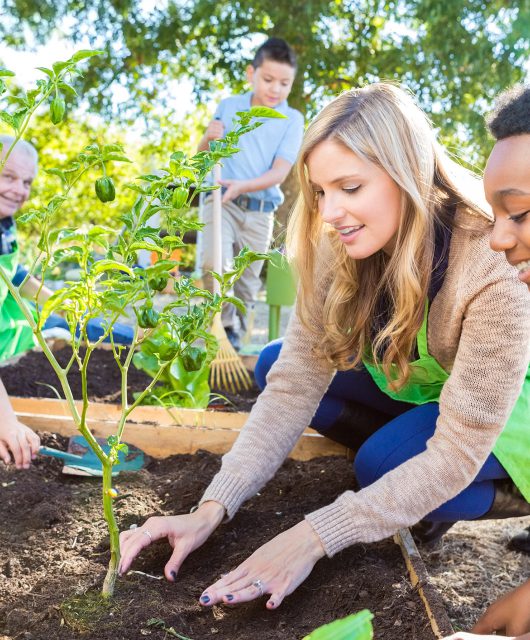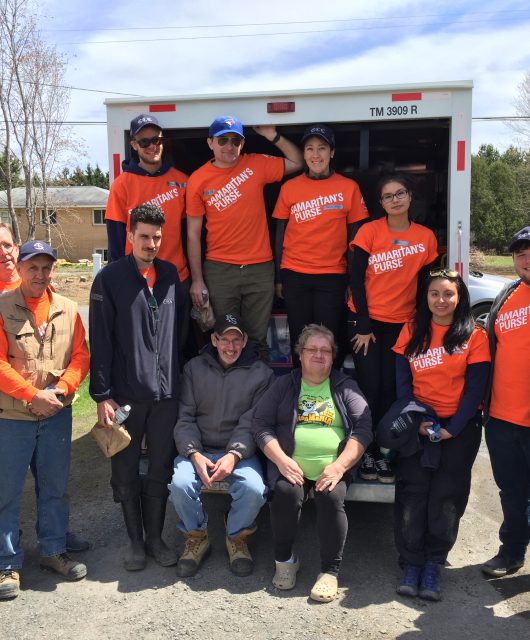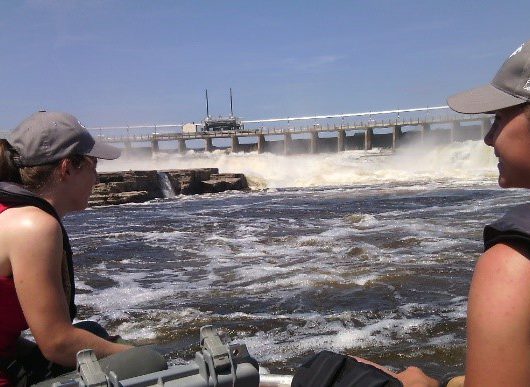International Youth Day, held annually on August 12, is a cause for celebration.
As a 17-year-old, I love seeing the achievements and voices of the World’s youth being recognized and amplified by the United Nations. Yet seeing other young leaders help solve problems like the climate crisis also leaves me feeling guilty: Why am I not changing the world? How do I even start?
We teenagers already have a lot to worry about: school, friends, plans for our futures. On top of all that, we can feel burdened with the sense that we’re the ones that need to save the world. I think International Youth Day is a great reminder to us all that while we may not be able to do it alone, if each of us takes action in our own small ways, together we have the power to make a significant and lasting impact and address some of the biggest environmental challenges facing the world today. So why not join in the effort and help save nature in your community in the following ways?
Learn as Much as You Can
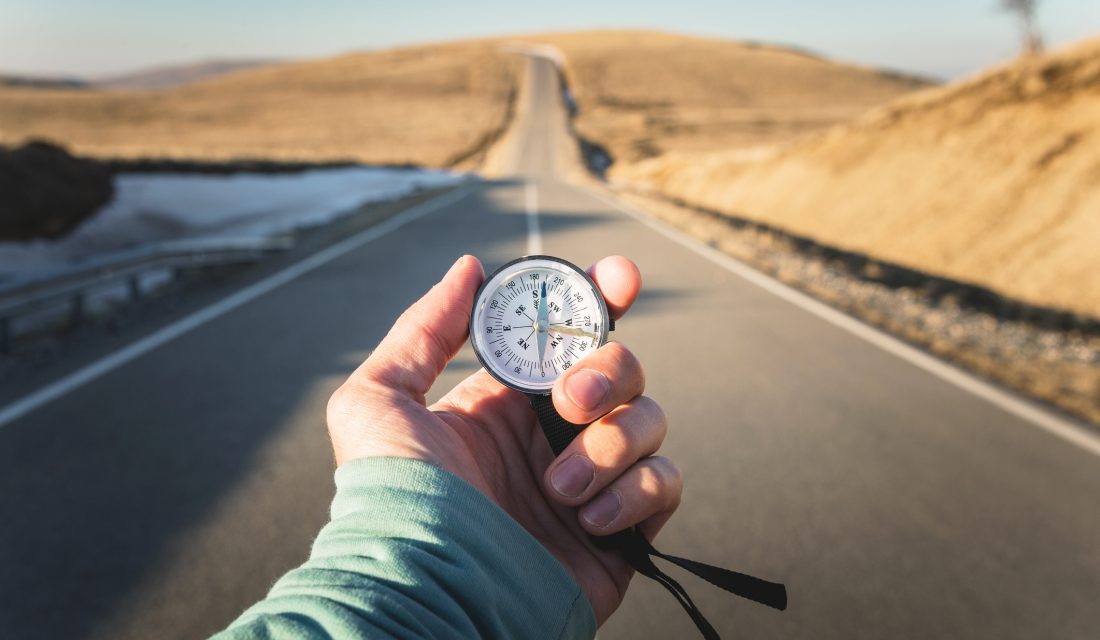
It’s taken me most of high school to realize school doesn’t teach you everything. I’ve learnt math and history, sure, but I am just now starting to learn about Canada’s nature and biodiversity.
Knowing about our local wildlife is the first step in helping to protect it. A great way to get started is by watching educational videos or reading articles. I’ve personally learnt a lot from watching nature documentaries like Our Planet and the TVO series, Striking Balance, and from webinars from the Canadian Wildlife Federation (CWF), the World Wildlife Federation, and the Nature Conservancy of Canada. You can share your knowledge about the things you’ve learnt with friends and family too. Afterall, the more you know, the more you can help!
Plant a Pollinator Garden
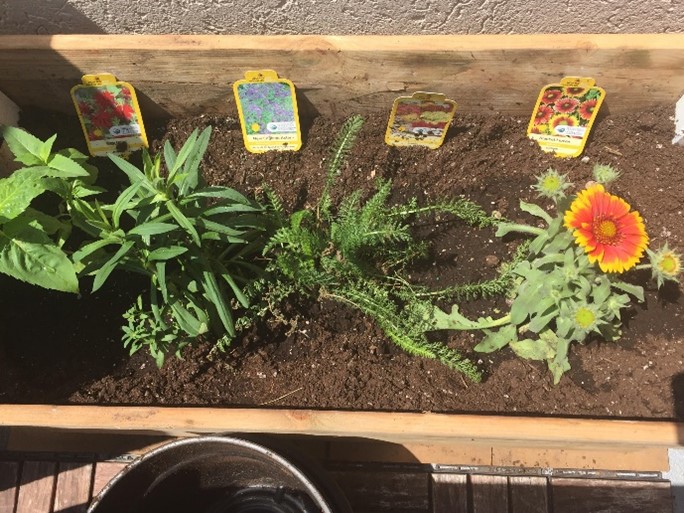
I live in a tiny townhouse in Toronto, ON with no backyard. I have a balcony though, which turns out to be plenty of space to attract some pollinators. I spent one weekend planting four native plants that I got from CWF’s pollinator plant kit in a planter I made with my dad. I was amazed to find that bees and butterflies started coming to my little balcony! I think this shows that even small efforts can make a difference. If you want to make a pollinator haven, click here to learn how.
Join a Nature Group
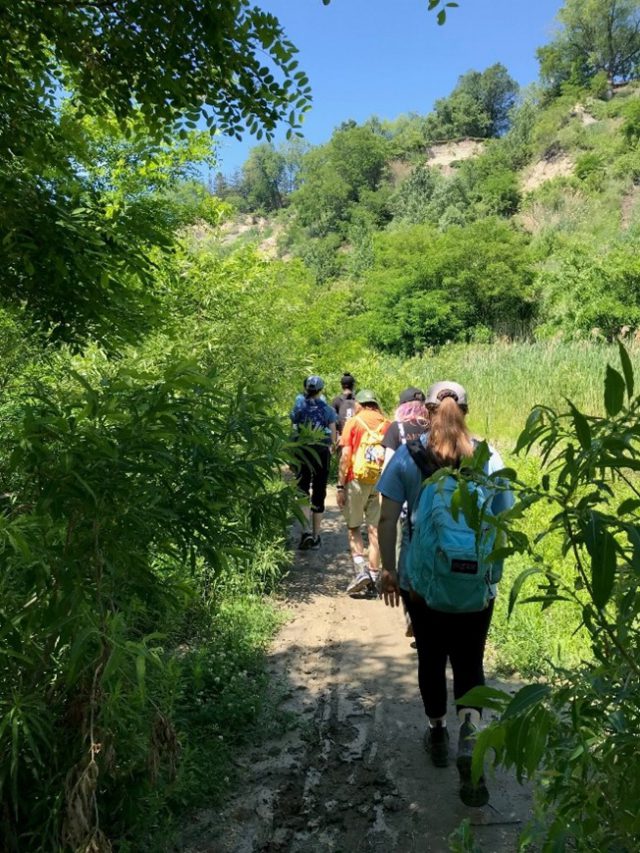
Spending time in nature is much more fun when I’m with a group of people my age with similar interests to me. Find your own motivation by joining a local nature club in your area! During last year’s lockdown, I joined my local WILD Outside group – a free outdoor youth leadership program for teenagers run by the Canadian Wildlife Federation. From watching nature documentaries and then discussing them to going for outdoor hikes and planning to plant a pollinator garden at my school, I felt more connected to nature than I had ever been before. Learning to love nature is a great way to become more involved!
Clean Up Your Community
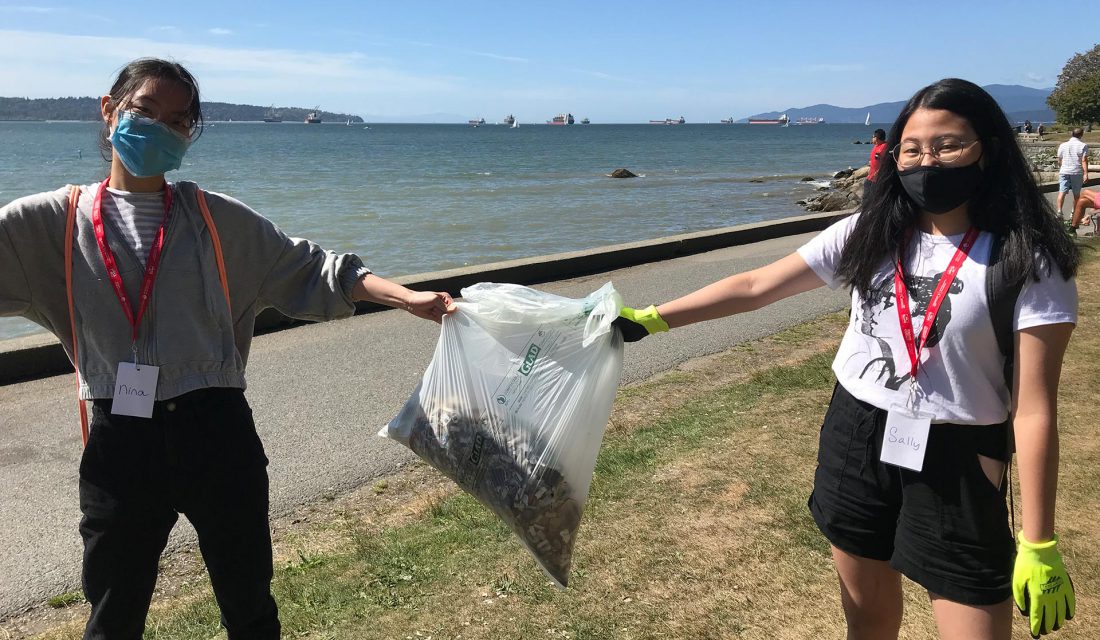
Greenspaces, especially in cities or along shorelines, can often be littered with garbage. Not only can this garbage be harmful to wildlife, it isn’t pleasant to be around either. To fix this, gather a group of friends and some garbage bags and clean up your local park, ravine or shoreline. You can learn how to safely do so here. The wildlife and your neighbours will thank you!
Become a Citizen Scientist
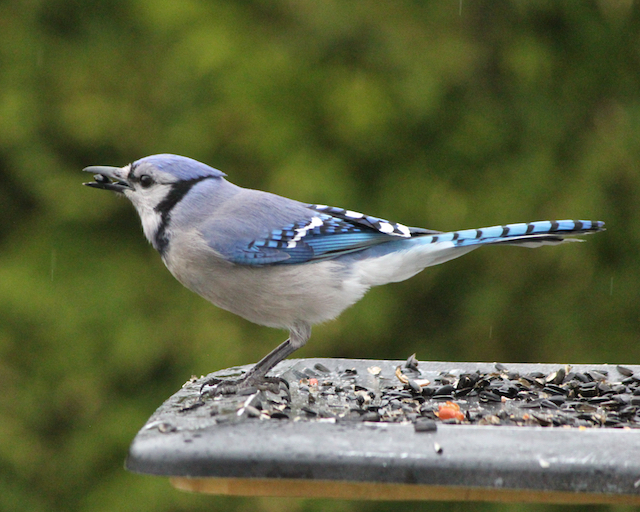
There’s nothing more valuable to a scientist than quality data. You can help them collect it by taking pictures of the wildlife you encounter and uploading them to a website and app called iNaturalist.ca. From detecting new invasive species to helping map the range of various animals, people using iNaturalist have helped scientists make many new discoveries about Canadian wildlife. There is also a community of experts on the site that can help you label and identify your observations, so they are research grade. You can even join CWF’s project, Observation Nation, to win prizes!
As a teenager, finding ways to get involved in conservation wasn’t easy for me. After learning and participating in various activities though, I am beginning to feel empowered to make a difference for my community. Youth are the future, so we have the responsibility to make sure nature can thrive for many years to come. On our own we may feel small, but together we are mighty, so let’s get started helping to preserve nature in our own neighbourhoods!

